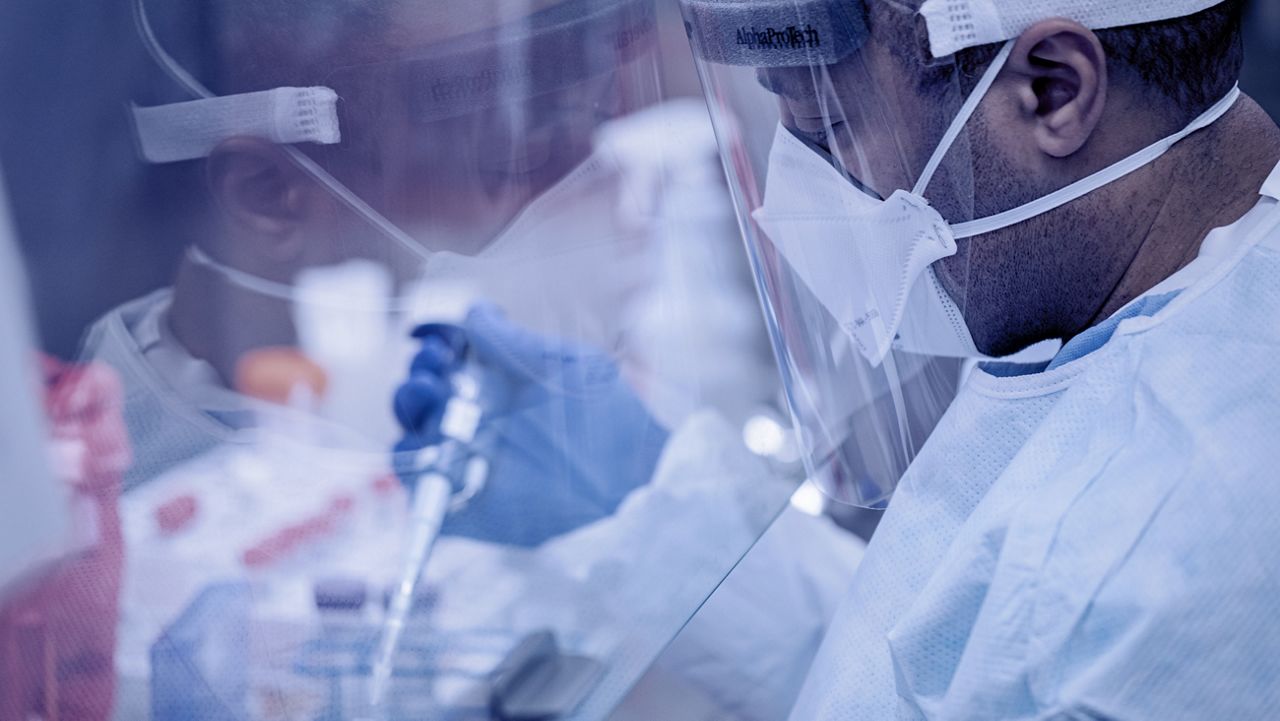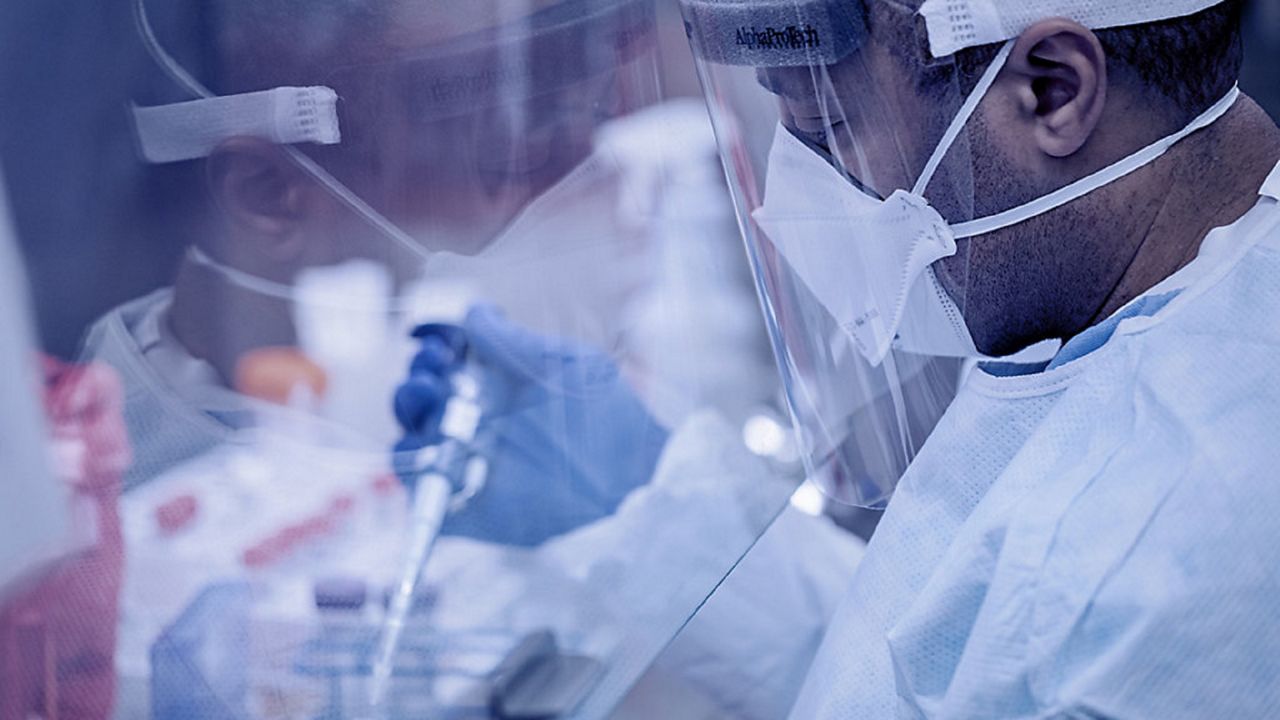COLUMBUS, Ohio — Ohio will be under a curfew starting Thursday that will run from 10 p.m. to 5 a.m. and last for three weeks, Gov. Mike DeWine announced Tuesday.
DeWine said he will not close any businesses today. His current approach to the surging coronavirus cases in Ohio is a "slowdown" not a shutdown.
The governor said he hopes the curfew will reduce some of the human to human contacts that are contributing to the spread of the virus.
There will be exceptions for going to work, the grocery store, and pharmacies.
All retail and restaurants will have to close their doors at 10 p.m. For food options, only delivery and drive-thru services can stay open after the curfew. All bars will have to be cleared out by 10 p.m., an hour earlier than the current closing time.
The governor's office will confer with local police departments to plan for enforcement of the order. DeWine gave an example: He said police should consider stopping a group that is seen gathered in a park at 10:30 p.m.
When rumors of the curfew began to circulate Sunday, Cincinnati Mayor John Cranley said he feared such a measure would cause more crowding. He said people would bunch together before the curfew begins each night.
"If there was a curfew, would the workers be furloughed and what economic impact would it have on them?" Cranley said. "Every action has a reaction, unintended consequences."
Ohio reported 7,079 new cases Tuesday. The report showed 30 new deaths and an increase of 368 COVID-19 positive hospital inpatients. There are now 3,648 COVID-19 patients hospitalized, 897 ICU patients, and 441 patients on ventilators. The seven-day positivity rate has risen to 12.8%.
DeWine's announcement that he would not close businesses followed remarks last week that he was considering shutting down indoor dining and would make a decision on the matter this week. The governor said he is encouraged by early conversations he has had about his new mask order, which went into effect Monday. Businesses are now inspected by state officials who can issue warnings and close a business for a day upon a second offense.
More "drastic" action is still on the table if the trends in Ohio's coronavirus numbers do not change, DeWine said. But for now indoor dining will stay open.
After looking at the option of closing indoor dining, DeWine said shutting it down a second time seemed misguided because the state has no money to support those businesses if it were to force them to close indoor service. There would be no relief for business owners. With PPP loans exhausted and unemployment stimulus weakened, less relief would be available for the industry if dining was shut down a second time.
Dr. Bruce Vanderhoff, chief medical officer for the state health department, said hospital staffing levels are strained from exposures and quarantines, which sidelines needed workers at a time when the pandemic is surging.
Tuesday, 39 state representatives and state senators coauthored a letter to the governor asking him to reconsider any new mandates that would negatively affect businesses.
“We urge you to reconsider your new mandates, as we believe that they will have a crippling effect on the small businesses that are vital to the livelihoods of so many Ohioans. We strongly oppose additional shutdowns and believe that Ohio must remain open,” the letter said.
The letter opposed DeWine’s recent tightening of the statewide mask mandate.







